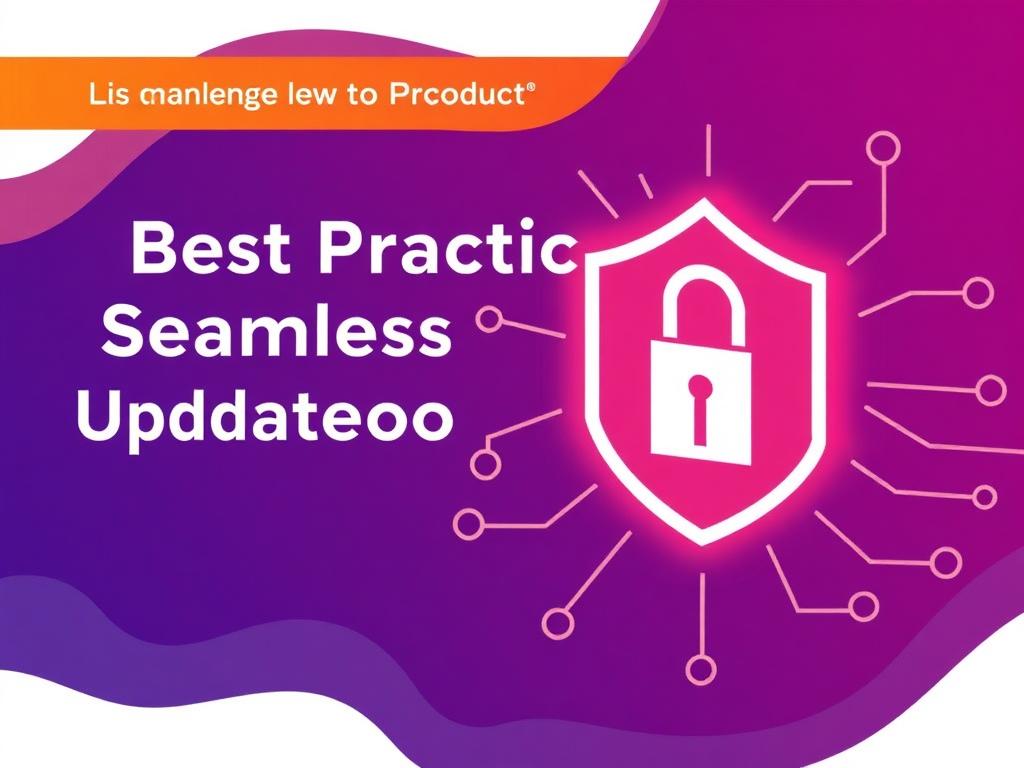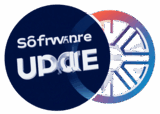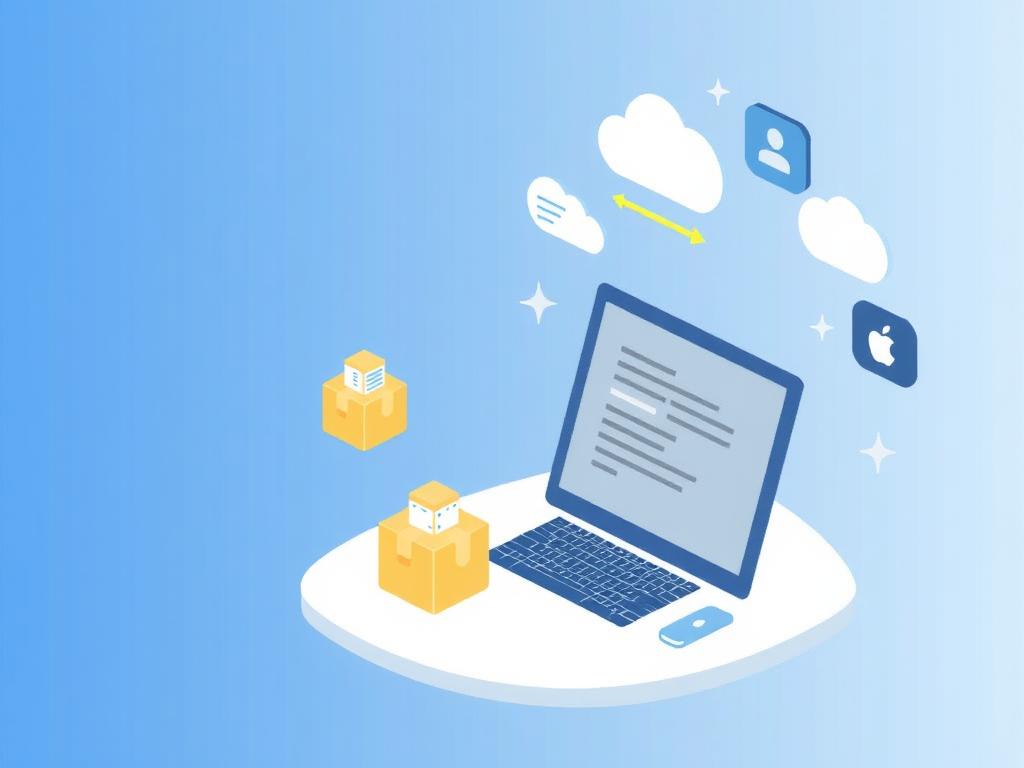Understanding Soft Updates in SaaS
When it comes to SaaS (Software as a Service) products, delivering updates smoothly and efficiently is crucial for maintaining user satisfaction and minimizing disruptions. Soft updates refer to incremental, non-intrusive updates that can be rolled out without interrupting the user’s workflow or requiring downtime. Unlike hard updates, which might need scheduled maintenance windows or system reboots, soft updates offer a seamless experience, keeping the product fresh and secure while allowing users to continue working uninterrupted. This approach is especially valuable in today’s fast-paced software landscape, where continuous delivery and rapid iteration are the norms.
Soft updates are all about subtlety and timing. The challenge lies in updating the product without the user even noticing the change unless it adds value or new features. Successfully managing soft updates requires smart planning, appropriate technology stacks, and an understanding of user behavior. The best practices for seamless soft updates in SaaS products revolve around automating update delivery, ensuring compatibility, leveraging feature flags, and gathering user feedback efficiently.
Automate Your Update Delivery Process

Automation is the backbone of any efficient SaaS updating strategy. Manual updates introduce human error, lead to inconsistent user experiences, and slow down the release cycle. By automating update delivery, SaaS providers can push out updates quickly, monitor their status, and instantly rollback if issues occur.
Here’s a practical list of automation tools and methods to consider:
- Continuous Integration and Continuous Deployment (CI/CD) pipelines
- Automated testing suites to catch bugs before release
- Canary deployments for gradual user exposure
- Automated rollback mechanisms in case of failures
- Monitoring dashboards with real-time performance metrics
Using CI/CD Pipelines
Implementing CI/CD pipelines allows development teams to integrate code changes frequently and deploy them automatically. This reduces the window between development and deployment, enabling faster feedback loops and rapid updates. Each commit can be validated with automated tests before it reaches production, ensuring quality is maintained.
Canary Deployments and Feature Flags
To minimize risk, many SaaS companies use canary deployments, where the update is released to a small subset of users before rolling out globally. Feature flags are a popular technique to enable or disable features remotely without changing the code. This dynamic control ensures that if a feature causes issues, it can be turned off instantly without a need for a new deployment.
Ensuring Compatibility and Stability Across Platforms

SaaS products are often accessed via multiple devices, browsers, and operating systems. Ensuring that soft updates remain compatible with all these variations is key to preserving a seamless user experience. Incompatible updates can result in crashes, slow performance, or broken features that frustrate users.
A compatibility checklist includes:
| Compatibility Area | Best Practice |
|---|---|
| Browsers | Test updates on all popular browsers and browser versions. |
| Operating Systems | Verify functionality on Windows, macOS, Linux, and mobile platforms. |
| Network Conditions | Simulate low bandwidth environments to ensure update reliability. |
| Third-party Integrations | Validate that APIs and plugins remain functional after updates. |
Compatibility testing should be automated where possible, using cloud testing platforms that simulate various environments. Additionally, communicating clearly with users about upcoming changes helps them prepare for any adjustments they might need to make.
Improve User Experience Through Transparent Communication
Even though soft updates aim to be as unobtrusive as possible, effective communication with users builds trust and reduces confusion when changes do happen. Transparency about what is changing and why delights users rather than alienates them.
Consider these approaches for transparent communication:
- In-app notifications highlighting new features or changes
- Release notes that explain updates in simple, user-friendly language
- Optional announcements via email or SMS for critical updates
- User tutorials or quick tip pop-ups to explain new functionalities
By embracing transparency, users feel involved in the product’s evolution, which reduces resistance to updates. Furthermore, clear communication signals professionalism and dedication to user satisfaction.
Gathering Feedback and Measuring Impact
No update strategy can be effective without learning from its impact. Collecting feedback and monitoring how updates affect user behavior and system stability is vital for continuous improvement.
Ways to gather feedback include:
- In-app surveys triggered after new feature use
- Tracking engagement metrics such as session length or feature activation rates
- Analyzing support tickets or user complaints for emerging issues post-update
- Establishing user forums or communities for open dialogue
Integrating analytics tools in your SaaS platform helps quantify update effectiveness and catch regressions early. This data-driven approach transforms every update into a learning opportunity to refine your product.
Key Metrics to Track Post-Update
| Metric | Why It Matters |
|---|---|
| Error Rate | Detects new bugs or crashes introduced by the update. |
| User Retention | Measures if the update improved or harmed user engagement. |
| Feature Adoption | Shows how well new features are being received and utilized. |
| Support Requests | Highlights user difficulties or confusion post-update. |
Security and Compliance Considerations

With every update, SaaS providers must ensure that their products remain secure and compliant with relevant regulations. Soft updates are an opportunity to patch vulnerabilities or enhance data privacy measures without disrupting users.
Important security best practices include:
- Encrypting update delivery channels to prevent tampering
- Conducting security audits before rolling out updates
- Ensuring compliance with GDPR, HIPAA, or other applicable standards
- Communicating security-related updates clearly to users
By integrating security into the soft update workflow, SaaS providers build confidence and protect both their users and their brand reputation.
Summary of Best Practices for Seamless Soft Updates
| Practice | Description |
|---|---|
| Automate Updates | Utilize CI/CD pipelines, canary deployments, and automated testing to streamline delivery. |
| Ensure Compatibility | Test updates on all supported platforms to avoid breaking functionality. |
| Communicate Transparently | Use in-app notifications and clear release notes to inform users about changes. |
| Gather Feedback | Monitor metrics and user feedback to assess update impact and guide improvements. |
| Maintain Security | Incorporate security best practices and ensure compliance during every update. |
Conclusion
Seamless soft updates in SaaS products are no longer a luxury but a necessity for businesses that want to stay competitive and keep users happy. By automating the update process, carefully testing for compatibility, communicating clearly with users, gathering actionable feedback, and prioritizing security, SaaS providers can create update experiences that feel effortless and natural. These best practices ensure that updates don’t disrupt but instead enhance the user journey, allowing software to evolve continually with minimal friction. Investing in these strategies not only improves product quality but also builds user trust and loyalty—key pillars for success in the SaaS landscape.

